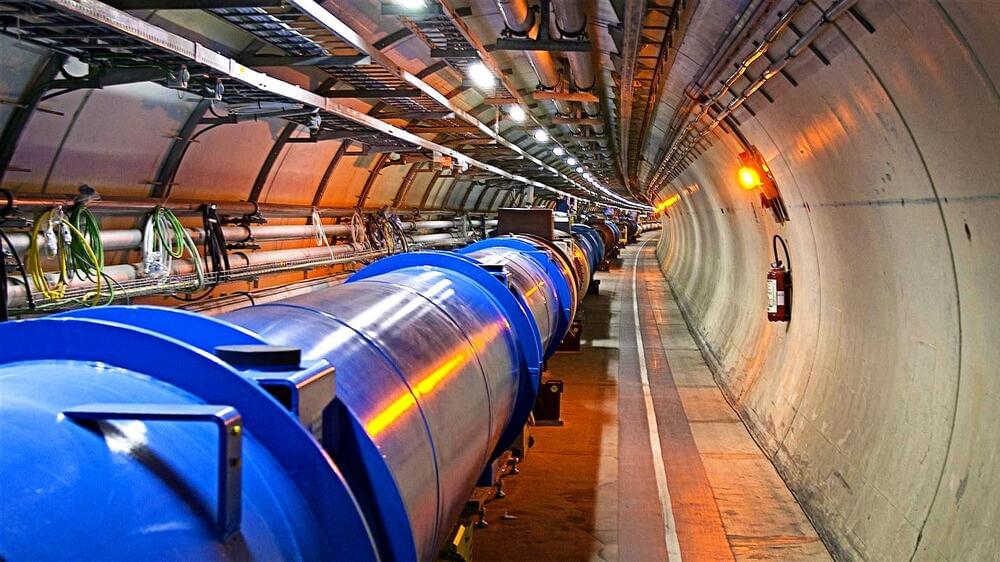Beauty quarks are unstable, living on average just for about 1.5 trillionths of a second before decaying into other particles. The way beauty quarks decay can be strongly influenced by the existence of other fundamental particles or forces. When a beauty quark decays, it transforms into a set of lighter particles, such as electrons, through the influence of the weak force. One of the ways a new force of nature might make itself known to us is by subtly changing how often beauty quarks decay into different types of particles.
The March paper was based on data from the LHCb experiment, one of four giant particle detectors that record the outcome of the ultra-high-energy collisions produced by the LHC. (The “b” in LHCb stands for “beauty”.) It found that beauty quarks were decaying into electrons and their heavier cousins called muons at different rates. This was truly surprising because, according to the standard model, the muon is basically a carbon copy of the electron – identical in every way except for being around 200 times heavier. This means that all the forces should pull on electrons and muons with equal strength – when a beauty quark decays into electrons or muons via the weak force, it ought to do so equally often.
Instead, my colleagues found that the muon decay was only happening about 85% as often as the electron decay. Assuming the result is correct, the only way to explain such an effect would be if some new force of nature that pulls on electrons and muons differently is interfering with how beauty quarks decay.
